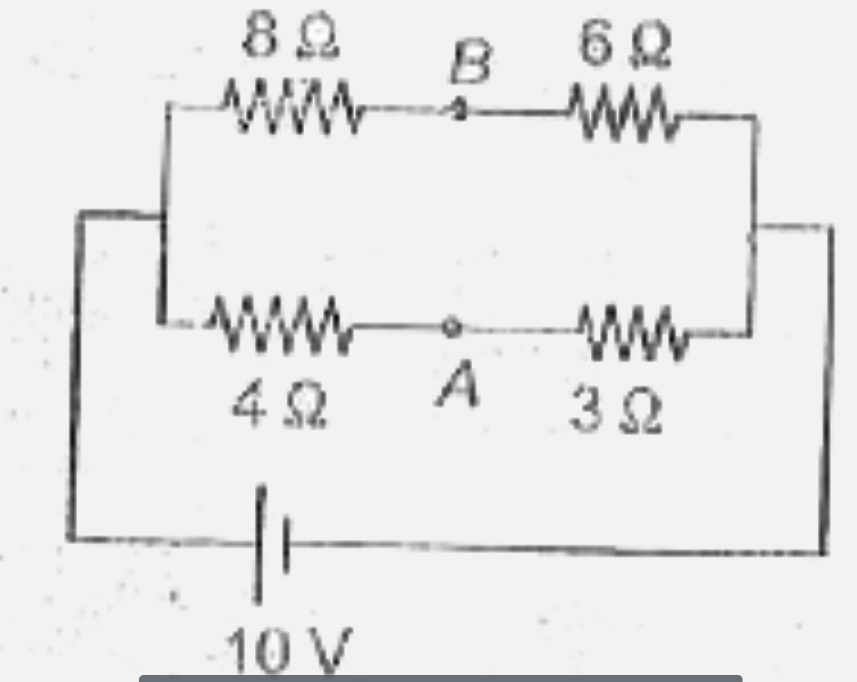List the points of differences between homogeneous and heterogenous mixtures.
To answer the question regarding the differences between homogeneous and heterogeneous mixtures, we can break it down into several key points:
1. Definition:
- Homogeneous Mixture: A mixture that has a uniform composition throughout. The components are evenly distributed and cannot be distinguished from one another.
- Heterogeneous Mixture: A mixture that does not have a uniform composition. The components are not evenly distributed and can be distinguished from one another.
2. Composition:
- Homogeneous Mixture: The composition is consistent and uniform throughout the entire mixture.
- Heterogeneous Mixture: The composition varies from one part of the mixture to another.
3. Separation:
- Homogeneous Mixture: The components cannot be separated by physical means. For example, in a sugar solution, sugar is completely dissolved in water and cannot be separated out easily.
- Heterogeneous Mixture: The components can be separated by physical means. For example, in a mixture of sand and water, the sand can be seen and separated from the water.
4. Visibility of Components:
- Homogeneous Mixture: The individual components are not visible; they blend together to form a single phase.
- Heterogeneous Mixture: The individual components are visible and can be identified easily. There are distinct boundaries between different substances.
5. Examples:
- Homogeneous Mixture: Examples include saltwater, air, and vinegar.
- Heterogeneous Mixture: Examples include salad, sand and gravel, and oil and water.
Summary of Differences:
| Property | Homogeneous Mixture | Heterogeneous Mixture |
|-----------------------------|----------------------------------------|--------------------------------------|
| Definition | Uniform composition | Non-uniform composition |
| Composition | Consistent throughout | Varies throughout |
| Separation | Cannot be separated physically | Can be separated physically |
| Visibility of Components | Components are not visible | Components are visible |
| Examples | Saltwater, air, vinegar | Salad, sand and water, oil and water |
- Homogeneous Mixture: A mixture that has a uniform composition throughout. The components are evenly distributed and cannot be distinguished from one another.
- Heterogeneous Mixture: A mixture that does not have a uniform composition. The components are not evenly distributed and can be distinguished from one another.
- Homogeneous Mixture: The composition is consistent and uniform throughout the entire mixture.
- Heterogeneous Mixture: The composition varies from one part of the mixture to another.
- Homogeneous Mixture: The components cannot be separated by physical means. For example, in a sugar solution, sugar is completely dissolved in water and cannot be separated out easily.
- Heterogeneous Mixture: The components can be separated by physical means. For example, in a mixture of sand and water, the sand can be seen and separated from the water.
- Homogeneous Mixture: The individual components are not visible; they blend together to form a single phase.
- Heterogeneous Mixture: The individual components are visible and can be identified easily. There are distinct boundaries between different substances.
- Homogeneous Mixture: Examples include saltwater, air, and vinegar.
- Heterogeneous Mixture: Examples include salad, sand and gravel, and oil and water.
| Property | Homogeneous Mixture | Heterogeneous Mixture |
|-----------------------------|----------------------------------------|--------------------------------------|
| Definition | Uniform composition | Non-uniform composition |
| Composition | Consistent throughout | Varies throughout |
| Separation | Cannot be separated physically | Can be separated physically |
| Visibility of Components | Components are not visible | Components are visible |
| Examples | Saltwater, air, vinegar | Salad, sand and water, oil and water |
Topper's Solved these Questions
- IS MATTER AROUND US PURE?BOOK - NCERT ENGLISHCHAPTER - IS MATTER AROUND US PURE?EXERCISE - Questions
1 Videos
- ATOMS AND MOLECULES BOOK - NCERT ENGLISHCHAPTER - ATOMS AND MOLECULES EXERCISE - Exercise
25 Videos
- MATTER IN OUR SURROUNDINGSBOOK - NCERT ENGLISHCHAPTER - MATTER IN OUR SURROUNDINGSEXERCISE - Exercise
26 Videos
Similar Questions
A heterogeneous mixture is
View SolutionDifferentiate between homogeneous and heterogeneous mixtures with examples.
View SolutionInk is a heterogeneous mixture.
View SolutionList the main differences between mitosis and meiosis
View SolutionList five differences between monocots and dicots.
View SolutionList the main differences between mitosis and meiosis.
View SolutionList the differences between energy and power.
View SolutionThe potential difference between points A and B is

View SolutionThe potential difference between points A and B is

View SolutionThe potential difference between points A and B is

View Solution
